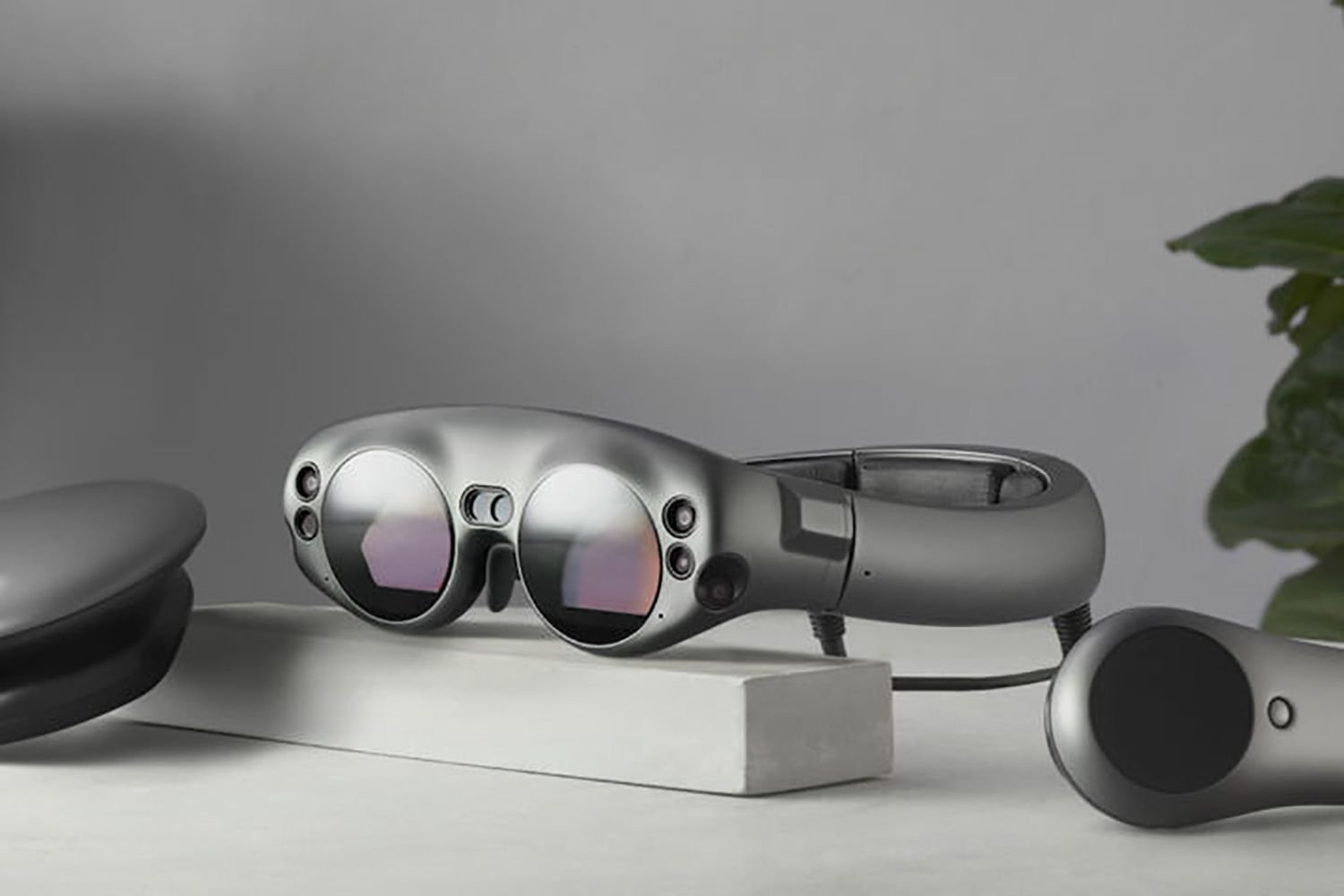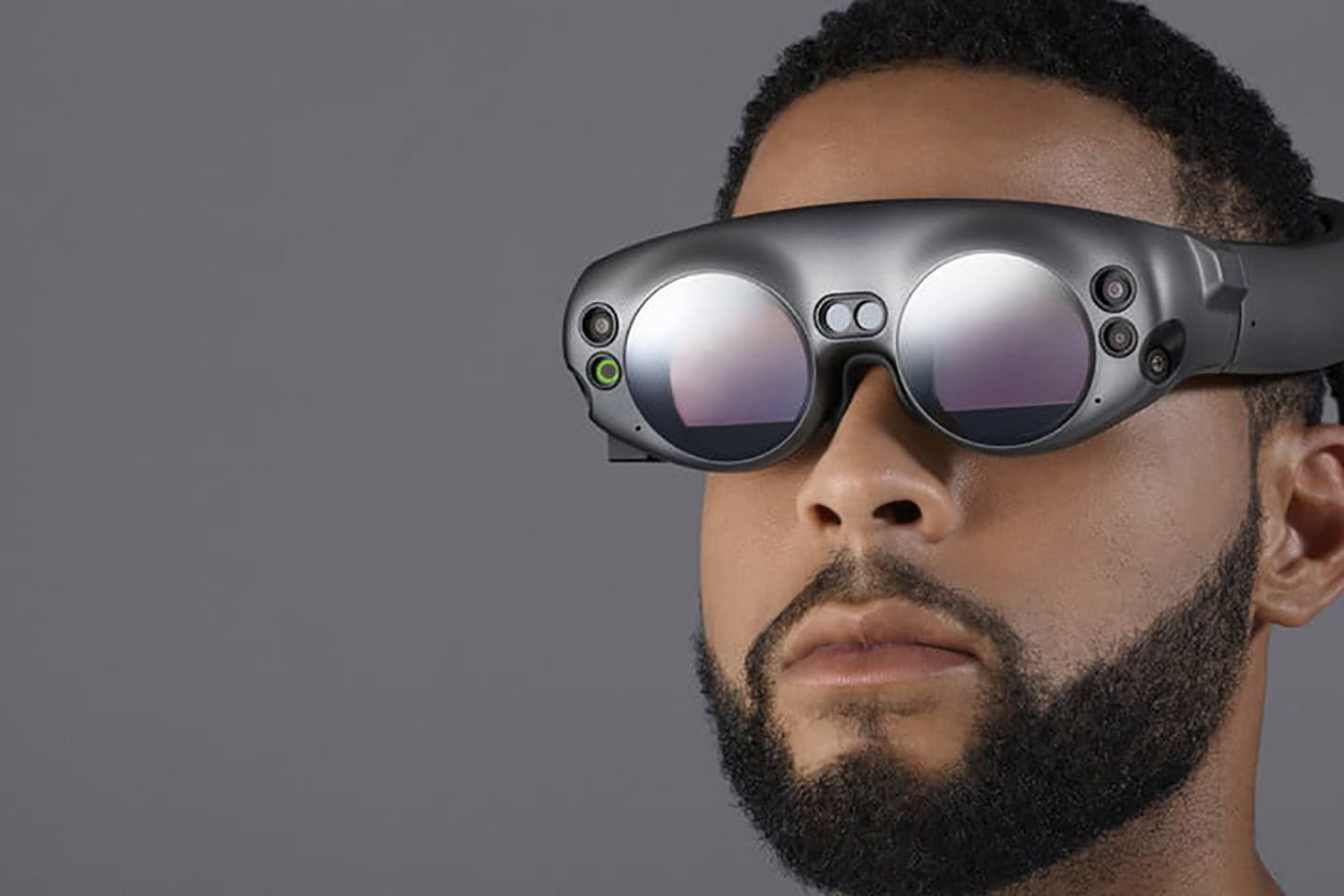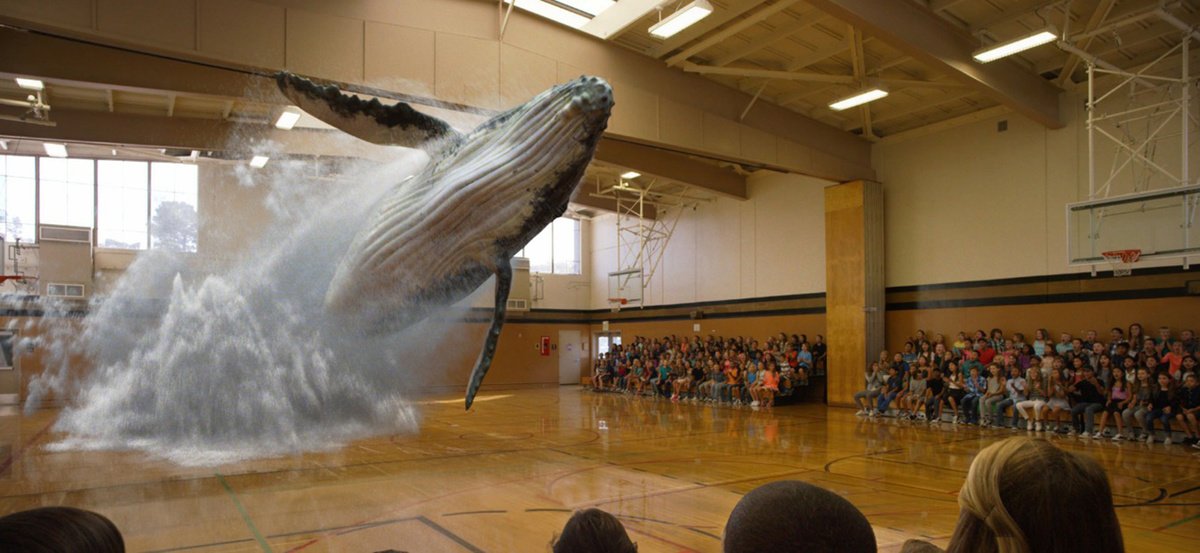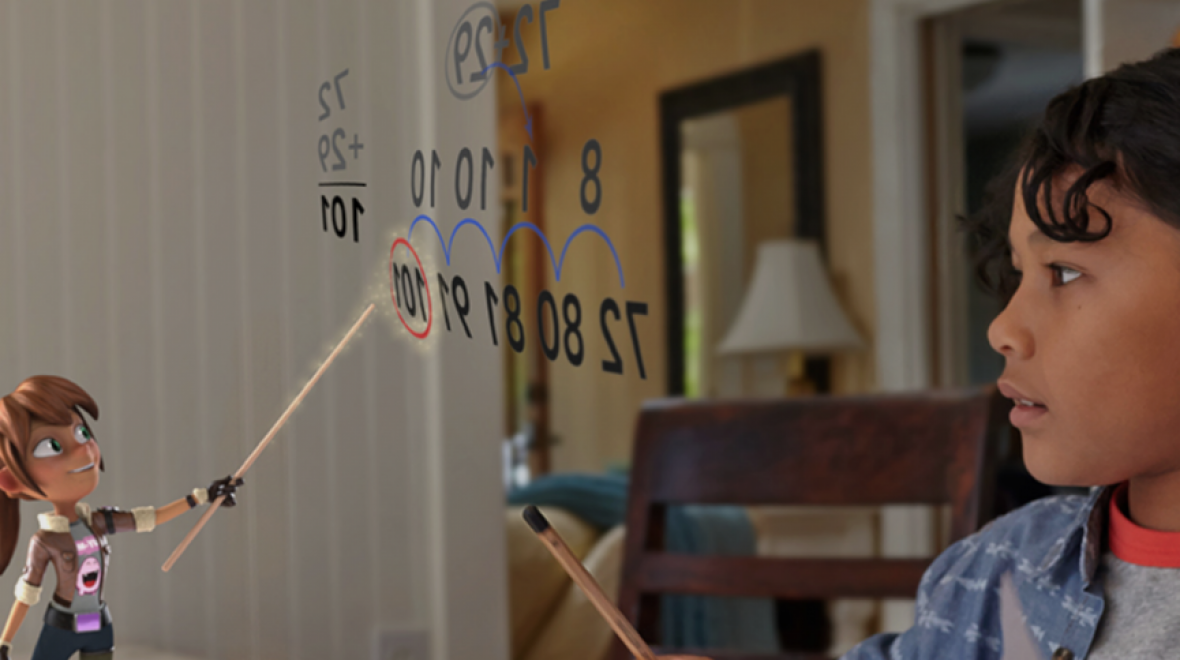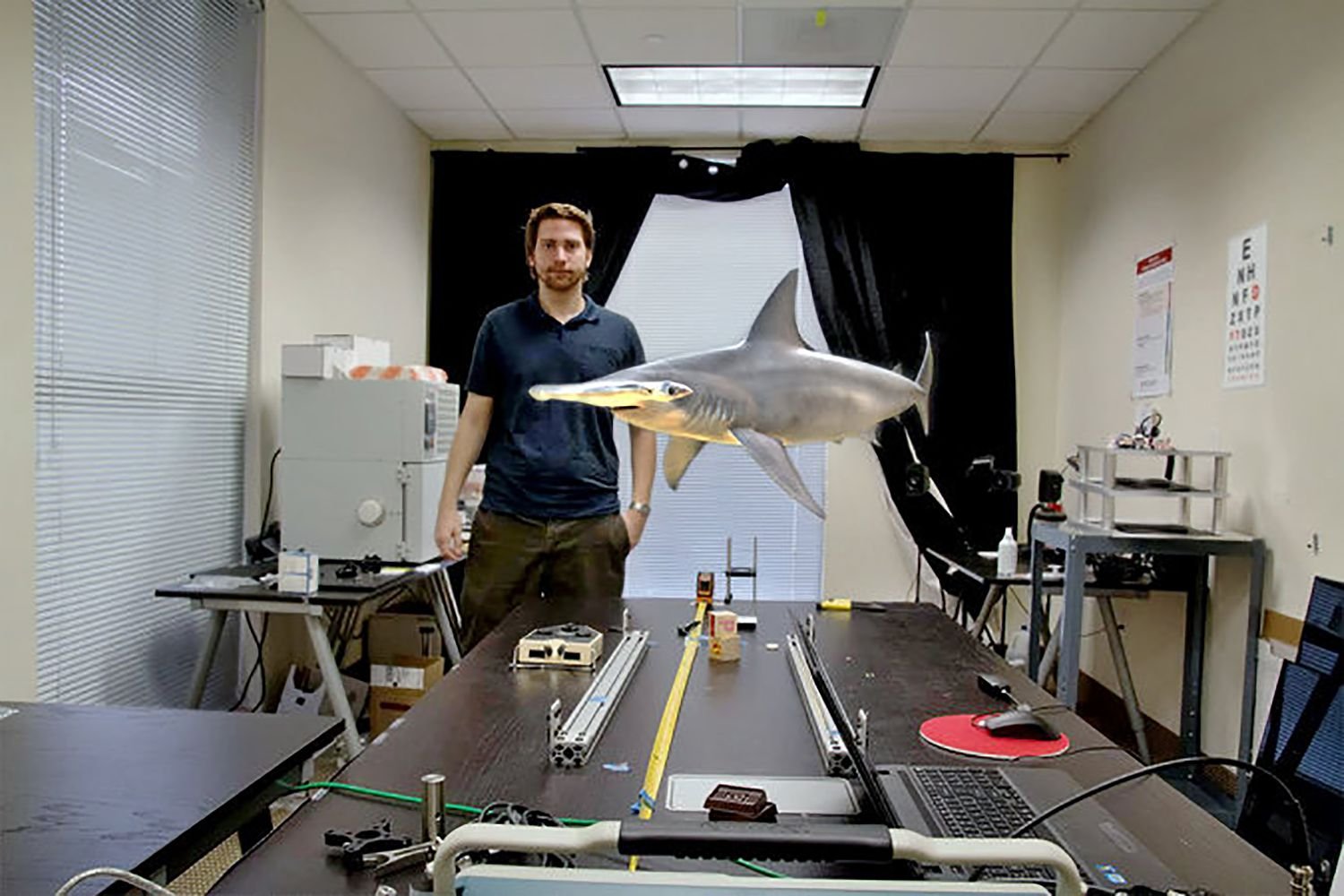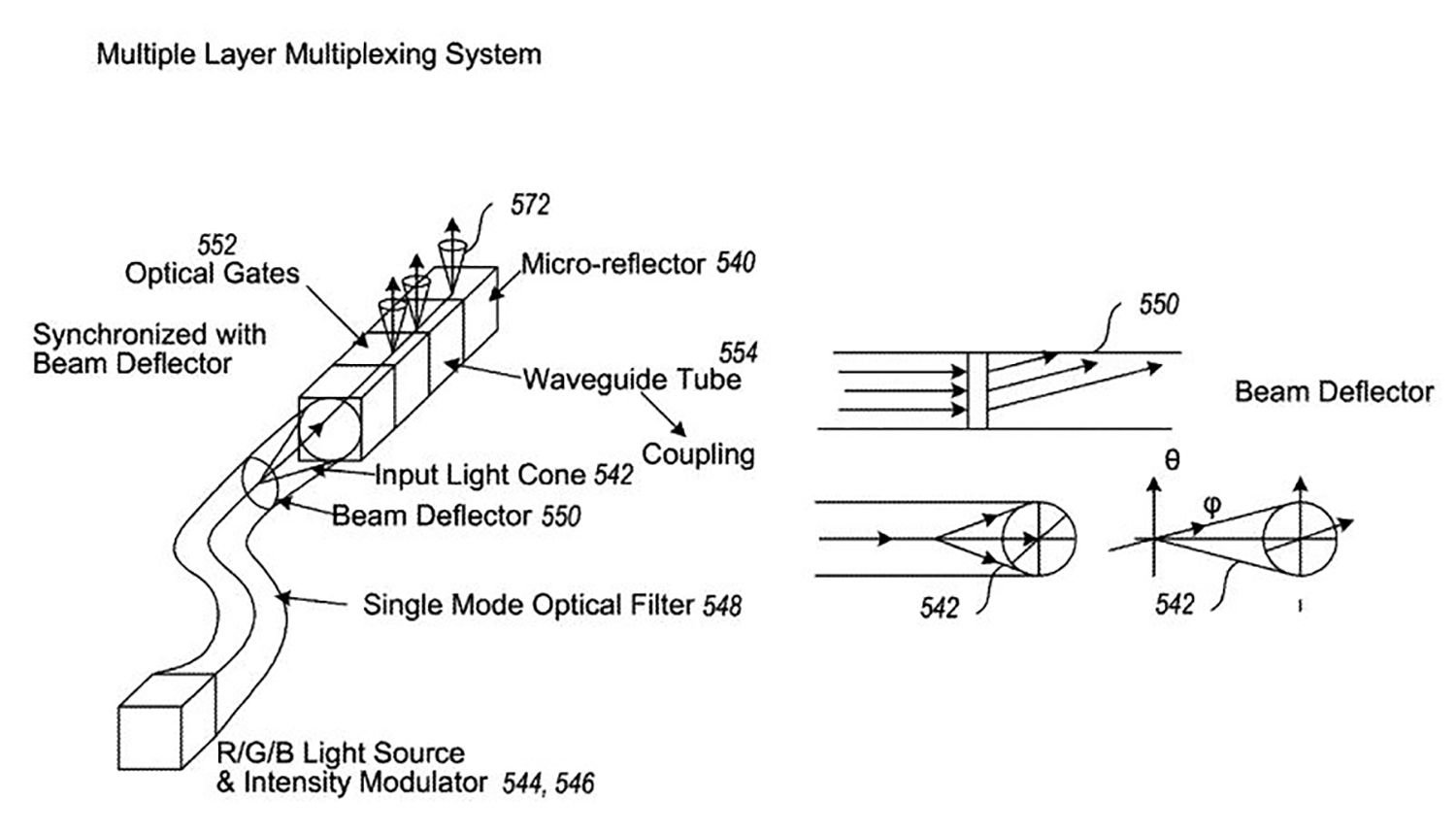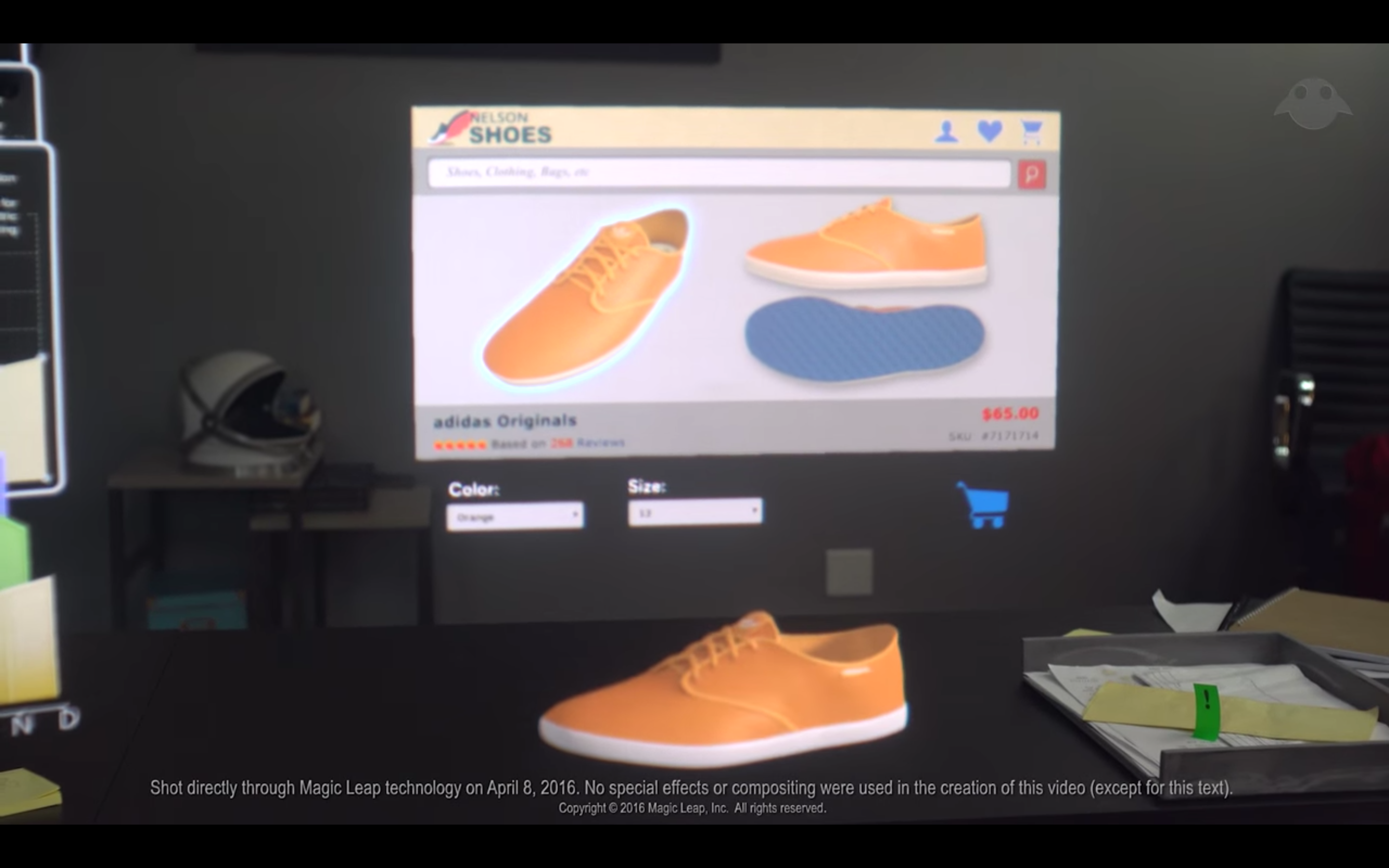What is Magic Leap?
If you haven’t been paying attention to tech news or investor news for the past year plus, this will be an exciting development for you. If you have, you’re well aware of the powerful new technology that will very soon be available to us as consumers, customers and also to designers and developers. The technology I’m talking about is currently being developed by a company called Magic Leap. The company name stems from the concept of creating the leap from reality into virtual reality, augmented reality and a term coined by the founder of the company called mixed reality. From the Magic Leap website, in their first blog post, they say:
Magic Leap was founded on an idea: that computing and technology should bend to us, to our needs, to our humanity, and to our experience. People should be first. Technology should serve us. Computing should match human experience, it should respect human physiology.
Computing can feel like everyday magic, and it can feel much more human, much more like our world. Our mission is to deliver on this dream, so that people can benefit in new ways from the power of computing, from the possibilities of being connected, sharing, and knowing.
The company has raised $1.9 Billion and there has been a lot of hype and expectation for what they create. A week or so ago they unveiled their first product, Magic Leap One, which is a set of goggles and small computer that allow “digital and physical to come together and make life better.”
Mixed Reality
This term is new to most of us following tech news, but it is a very important one. The company Magic Leap has the goal of bringing mixed reality to all of us in the most fun, creative, useful and important ways in the future. The main difference between augmented reality and mixed reality seems to be that augmented reality can be perceived to be fake, different, juxtaposed, while mixed reality attempts to fuze the technology into reality so seamlessly that it looks real and feels natural. According to our very trustworthy Wikipedia source, mixed reality is:
the merging of real and virtual worlds to produce new environments and visualizations where physical and digital objects co-exist and interact in real time.
How this really works
Instead of a typical virtual reality headset, which hides the real world from the viewer in order to create a new world, the mixed reality of Magic Leap One allows the viewer to see the actual world around them through the glasses, but it allows for the digital world to be superimposed in very interesting ways within the world we can see. This is done through what Magic Leap calls the “Digital Lightfield”. The Lightfield attempts to camouflage the technology behind it so that the brain interprets what it sees as reality and nothing short of that. There is a real science behind how we perceive the outside world through sight that Magic Leap is attempting to understand, capture and utilize:
Lightfield is “[…] the photon wavefront and particle light field everywhere in the universe. It’s like this gigantic ocean; it’s everywhere. It’s an infinite signal and it contains a massive amount of information.”
The diagram above documents how Magic Leap uses an LCD "occlusion mask" to block light in the real world exactly where light from the goggles will be displayed. This will minimize the visual effects looking superimposed, instead they should look more realistic.
Here’s a quick demo

Source
Why it’s Important for the future
There are numerous applications for this technology, some seem to be pure entertainment (as virtual reality seems to have been limited to) and others seems to be very useful. The augmented reality and mixed reality aspects of Magic Leap start to become incredibly inspiring when you start thinking about how it might “make life better”.
This means that we can have 3d products that we can view by spinning them around in our bedroom before making the purchase from an ecommerce stores. Or we can have working models of the solar system floating in our living room or used to teach in a classroom. Or we can tour an unbuilt building by looking at a 3d model of the building and of the interior, while also receiving data about the square footage, amenities and fixtures on screens that float next to us.
The technology will improve the experience, understanding and information gathering of many different industries, even those that don’t seem very much connected to tech. Imagine walking around at the zoo, seeing an elephant and being able to get more information about the particular animal you’re looking at by pulling up species history and you could even have the ability to see that animal again in your yard or even in the palm of your hand later, moving in 3d.
I can’t wait to use this technology with personal projects and with clients. I know it’s been extremely hyped for a long time, making Magic Leap very controversial with investors and skeptics, but I’m going to try to sign up for the developer account as soon as it’s available. There are so many great uses for this, I think it will easily pay for itself relatively quickly if it’s built as advertised and accessible to us normal people.
What do you think? Would you use this? For what?
Ciao for now, Steemians.
- Weston (aka @design-guy)


